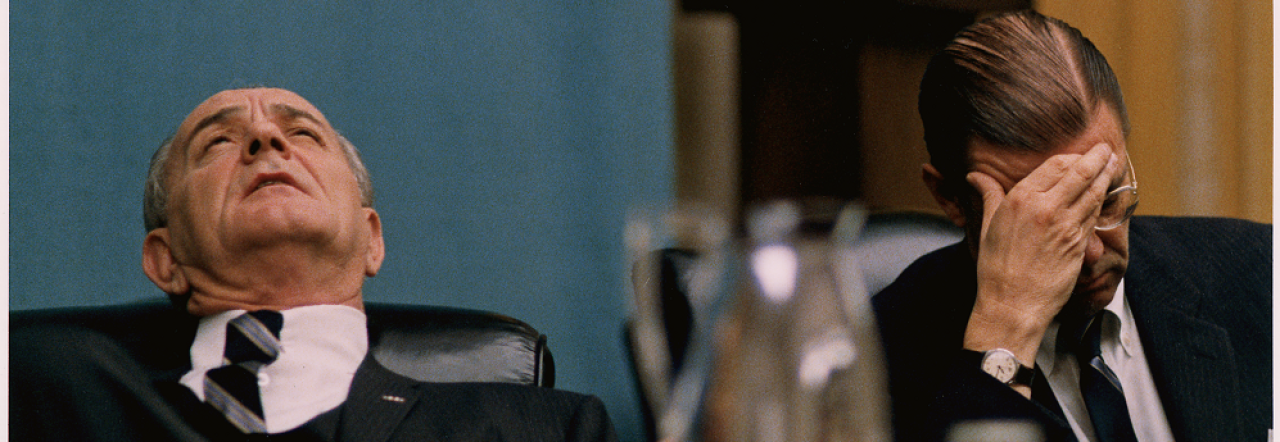God I love these types of stories.
First, they are rich in history and politics. Second, they allow insight and perspective into events that we did not know about before, involving larger than life characters from the national and international stage.
And need I add, but this is a must read. An excerpt follows.
Late in the afternoon of April 27, 1987, a secret visitor was smuggled into the White House. A helicopter swooped low and onto the landing pad. At the Diplomatic Entrance, Chief of Staff Howard Baker and National-Security Adviser Frank Carlucci greeted former president Richard Nixon. They escorted Nixon inside and up a private elevator to the second floor, the residence quarters of the White House, now occupied by Ronald and Nancy Reagan. Nixon had not set foot in the residence since August 9, 1974, the day he resigned from the presidency.
Reagan and Nixon had known each other for years. After Reagan entered the White House, Nixon would send him occasional private notes, often flattering and unctuous. “Pat and my reactions were the same: ‘Thank God for Ronald Reagan,’” Nixon wrote in early 1981, after Reagan had granted a pardon to Mark Felt, the former associate director of the F.B.I., who had been convicted of approving illegal break-ins for surveillance. (Nixon did not know at the time that Felt had been Deep Throat, an agent of Nixon’s downfall.) At the end of 1981, Nixon wrote Reagan a note saying, “I like and admire [Poland’s Lech] Walesa, but in my book, Time missed the boat: President Reagan should have been Man of the Year.”
Now Nixon was back. His eyes scanned the living quarters, recording the changes with his characteristic blend of calculation and resentment. The Reagans, never known for parsimony, had given the place a sense of opulence. “I would not have recognized it because of the luxurious furnishings and decorating,” wrote Nixon a few hours later in a lengthy memo for his own files, described here for the first time. “As I looked up and down the hall, I would estimate that at least $2 million, rather than the $1 million that has been reported in the press, had been expended for this purpose.” By contrast, Nixon reflected to himself, his wife, Pat, had spent the sums she had raised for redecorating the White House on the public spaces on the first floor, such as the dining rooms and ballroom.
Reagan, dressed in a brown suit, was waiting for Nixon behind a desk in an upstairs study filled with pictures and mementos. Nixon remembered this particular room all too well. It had once been a bedroom, the one where Nixon had slept as president. As he sat down next to Reagan, and Baker and Carlucci settled into chairs across from them, Nixon tried to lighten the mood by launching into the story of when he had first been in that room. In 1966, when Nixon, out of office, was in town for the annual Gridiron Dinner, President Lyndon Johnson invited him to drop by the White House afterward. To Nixon’s astonishment, he was ushered upstairs to this very room, a bedroom even then. Johnson chose to chat with him from atop the bed, while Lady Bird Johnson nestled under the covers. Three years later, when the Nixons moved into the White House, he had discovered there were wires under that bed—wires, that is, to make tape recordings.
Reagan laughed at the story and its irony. The White House taping system, of course, was what had eventually led to Nixon’s resignation.
Returning from his reverie to the situation at hand, Nixon said that Carlucci could take written notes of the meeting if he wanted, and then added by way of a joke, “I assume that the place isn’t taped.” Reagan asked Nixon if he’d like a drink. Nixon, who’d enjoyed his share of cocktails in the White House, might have liked one, but decided that Reagan’s offer seemed a bit late and perfunctory. He declined.
This was not to be a social occasion. Reagan and his top aides had invited Nixon to this clandestine White House meeting to talk about the Soviet Union. They wanted Nixon’s endorsement of ambitious new steps Reagan was preparing to take with Soviet Communist Party secretary Mikhail S. Gorbachev, steps that were aimed at easing the nuclear standoff of the Cold War. In the end, Nixon wasn’t going to give Reagan what he wanted.
Over the past decade, a raft of documents—including notes of summit-meeting conversations and internal White House disputes over Soviet policy—have been declassified. The minutes of Soviet politburo sessions have been made public. New Reagan correspondence has also been brought to light. And many former officials have given oral-history interviews for the record. All of this, in conjunction with new interviews conducted with many of the principals, offers an intimate picture of Reagan and his thinking in the waning years of the Cold War. They reveal that, in his second term in the White House, Ronald Reagan’s views and policies were generally at variance with his image as a truculent Cold Warrior. Indeed, during the final three years of his presidency, Reagan was usually among the doves in the often contentious debates about the Soviet Union. Reagan sensed, well before most others in Washington did, that Mikhail Gorbachev might represent something truly new. At the same time, he continued to exhibit the sometimes naïve and even outlandish behavior that has long been the stuff of Reagan lore.

